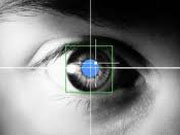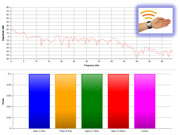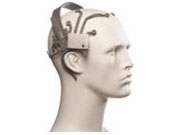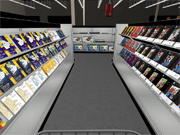
Mar
How Does Virtual Reality Improve Insights from Market Research?
jerry9789 0 comments Burning Questions
Virtual reality – Regardless of age, to some the idea may seem fantastical, vague, perhaps belonging only to science fiction. To others, virtual reality is a logical technological next step, or past step, actually, as it’s been in use in various forms for quite some time now. With regards to marketing research, although virtual reality technology is not the norm, its presence is increasing.
The thought of using virtual reality in marketing research is nothing less than, well, exciting. However, the technology is more than just stimulating to the imagination, and it can provide an important and timely complement to more traditional forms of market research, such as surveys and focus groups.
Virtual reality is employed along a variety of different modes, but with marketing research, the technology primarily serves to simulate physical markets for consumers, like grocery stores. Other, more symbolic simulations have also been used by researchers to better understand how consumer decision-making works at a more primal level. Our decision-making capacities are based both in rationality and emotion, and virtual reality technology assists researchers in discovering just how much, as well as how, the subconscious plays with and drives our decision-making processes.
This blend of neuroscience and marketing science actually streamlines the market study scenario, where research administrators are able to quickly and flexibly alter the virtual environment while maintaining a tight, laboratory-quality level of control. Additionally, the devices used in the research project create a virtual environment for the participant’s consumption while also consuming information itself, instantly collecting data from a variety of variables as the participant makes—or does not make—decisions in the simulation.
In terms of improved insights about consumer behavior, virtual reality technology can mimic the clutter and over-stimulation found in most authentic purchasing environments. Consumer participants also do not have to handle and examine products like in many other research modes, allowing the researcher to more clearly observe how participants make choices based on visual cues (like how products stand out among the clutter) and preconceived preferences.
The flipside of this aspect, however, is that other cues, like smell, feel, and taste are yet included in the virtual reality choice-making experience. Granted, technology is rapidly evolving, and some of these issues may have already been resolved. There exists a new virtual reality system called N-Matrix that not only attempts to deal with the tactility issue, but also uses EEG-based brain measurements to deepen the complexity of insights.
Virtual reality technology is already more advanced than many of us know; I look forward to seeing how it evolves.
Tags: consumer behavior, market research, technology, virtual reality, virtual reality technology







